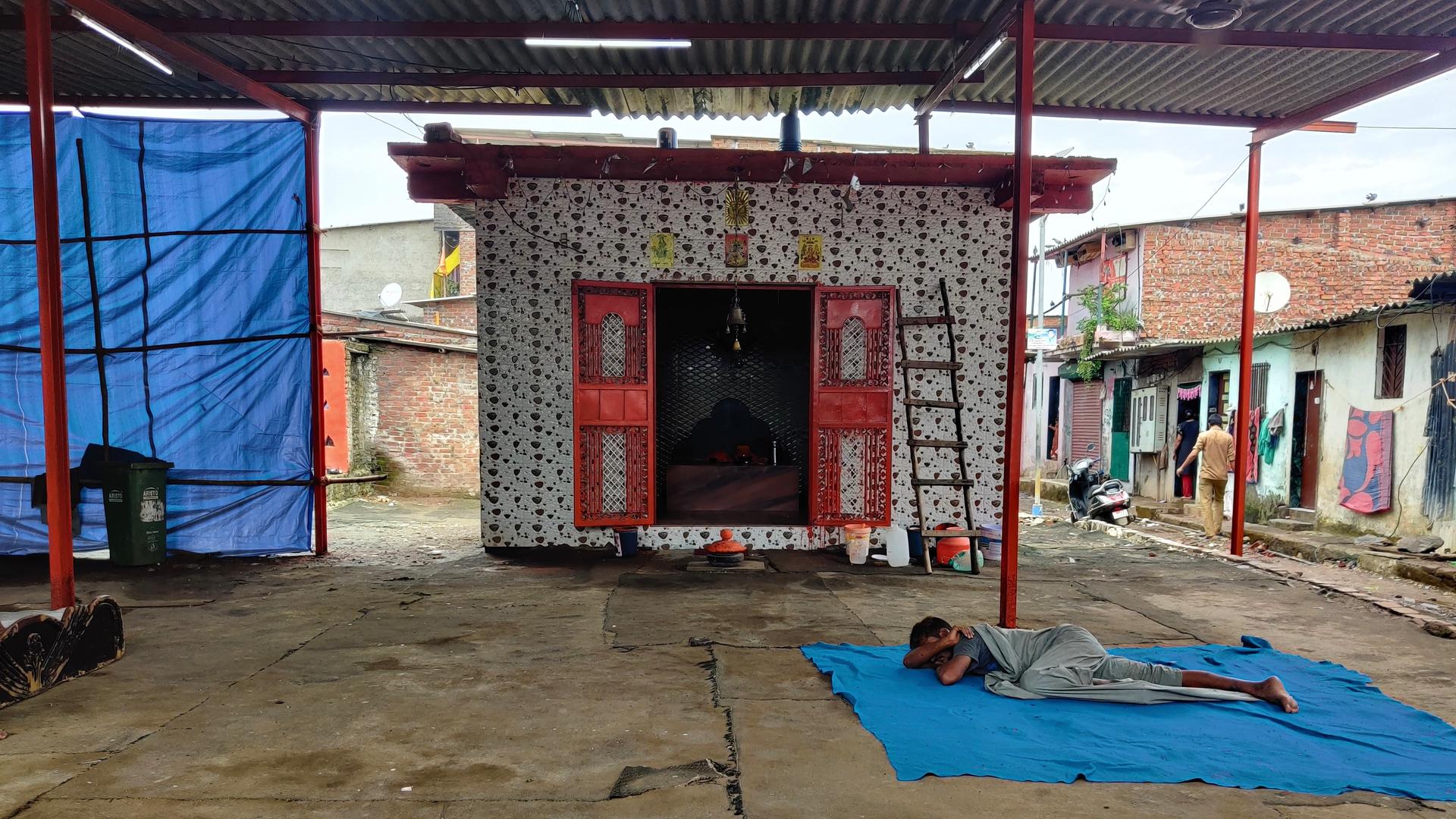Housing segregation in India has affected millions of people for several generations
India is now officially the world’s most populous country, surpassing China’s lead. Close to 40% of its 1.4 billion people live in its cities — and where you live in Indian cities, like Mumbai, mostly depends on which community you belong to and how rich you are. Recent research has confirmed this.
Indian cities are cosmopolitan. They have residents from communities across the country from different castes and religions, said Naveen Bharathi, an assistant professor of public policy at the Indian Institute of Technology Bombay, “they all stay in different segregated neighborhoods.”
Privileged communities live in neighborhoods with good-quality education, health and livelihood opportunities. Others struggle to access basic amenities.
Unless this is addressed immediately, India might be headed toward unbridgeable inequality.
Caste segregation
The government recognizes New Bhabrekar Nagar in Mumbai, which sits on the marshy beaches of the Arabian Sea, as a “slum” and, therefore, it is required to provide water, electricity and roads to the neighborhood.
However, on a visit by The World, one could see narrow roads with open drains, single-room homes packed together next to each other like a row of matchboxes and a bunch of women fighting for water from a single pipe, with residents storing clean water in 20-liter cans for future use.
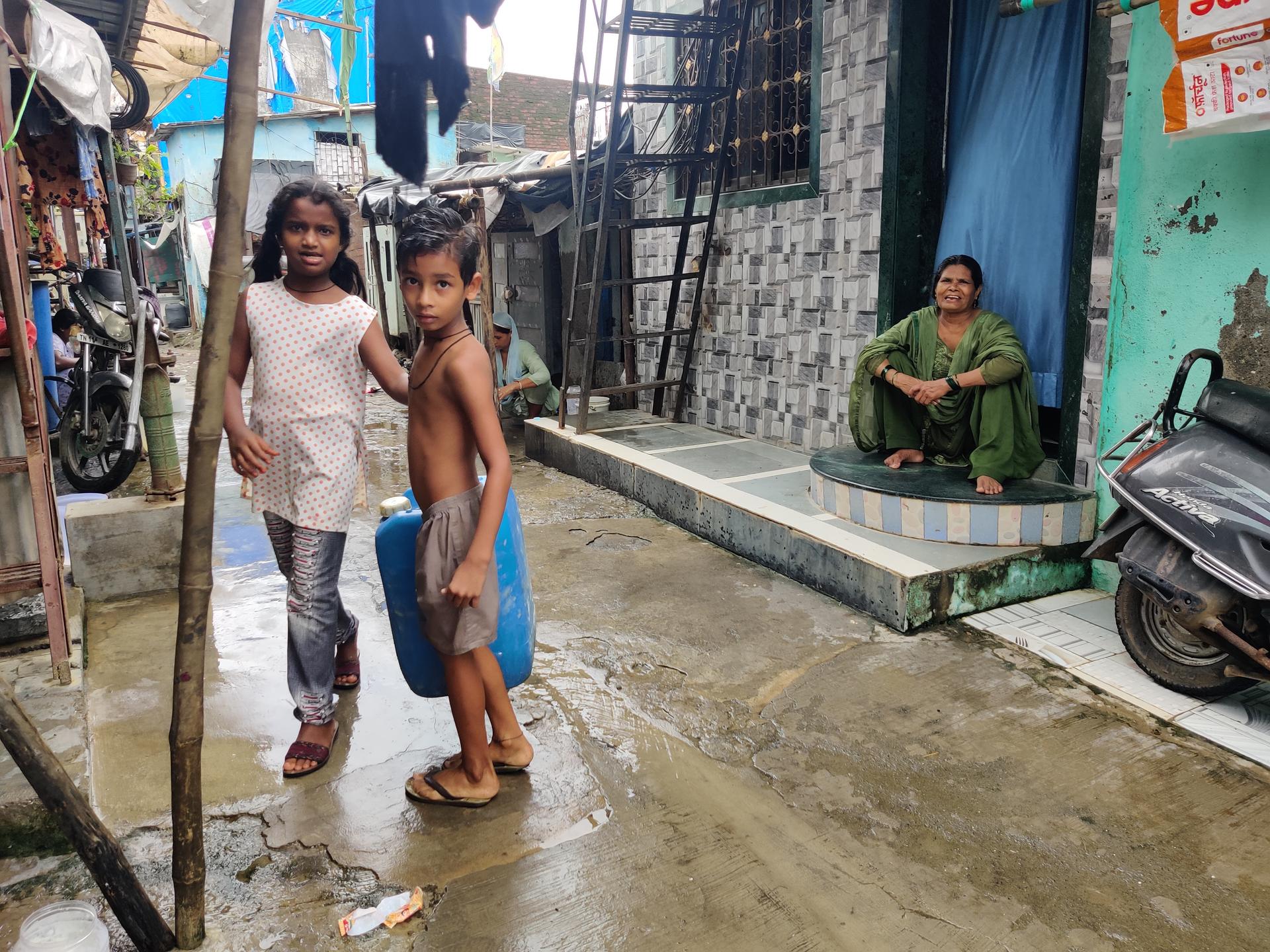
“Since we get clean drinking water only once in five days, we fight like this almost every week,” Mamta Thakur, who estimates her age to be around 50 years, told The World. Thakur belongs to Other Backward Castes or the middle castes.
A majority of residents in New Bhabrekar Nagar belong to middle or lower castes, often called Dalits.
The neighborhood occupies a prominent place in a Mumbai suburb, but did not have electricity until 2011, said Sachin Nachnekar, who works for the local nonprofit Youth for Unity and Voluntary Action.
Many people who settle in these “slums” come from different parts of the country in search of jobs. The architect of India’s Constitution Dr. Ambedkar, who was a Dalit himself, had famously called upon marginalized communities to move to the cities and leave behind caste hierarchies in the villages.
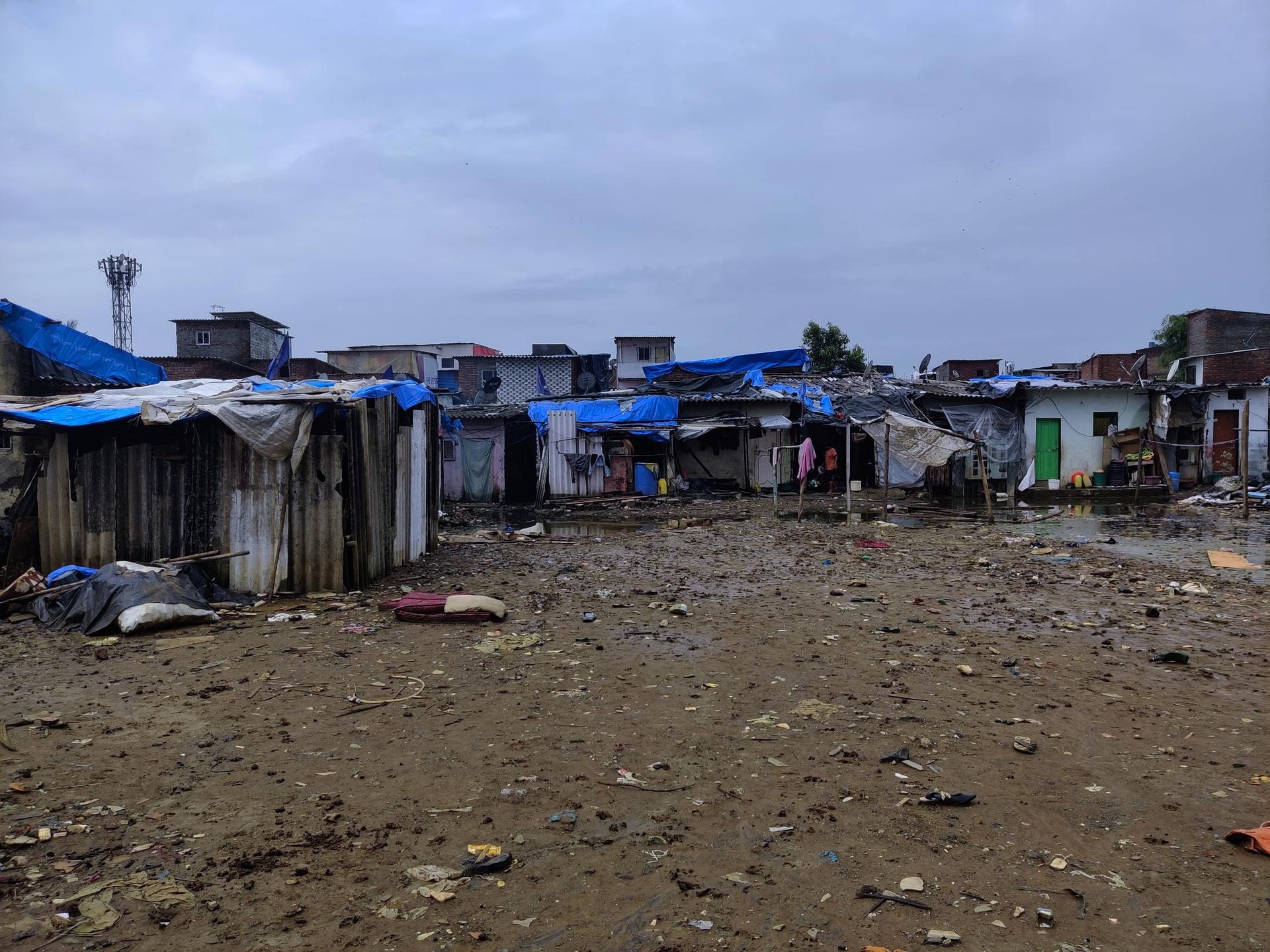
He thought the city would be the great equalizer. “What is a village but a sink of localism, a den of ignorance, narrow-mindedness and communalism?” Ambedkar said while drafting the Constitution. That has not come to be, Bharathi said.
“The emancipatory promise of urbanization has failed to fructify for millions of Dalits and Muslims who are relegated to the spaces with poor public services,” according to a February 2022 study.
Thakur is lucky that she has access to clean drinking water at all.
Abutting New Bhabrekar Nagar is a neighborhood of more than 70,000 people that does not find itself on Mumbai’s map, called Ambujwadi. And since it does not exist, the government is not required to provide basic facilities like water and sewage to its residents. Most of Ambujwadi is populated by the Pardi community, one of the lowest in India’s caste hierarchy. The British had termed them “criminal tribes.” The residents are expected to pay to install their own hand pumps. Since the neighborhood sits on marshy land there is often no water to be drawn from the hand pump. And when there is, it is contaminated.
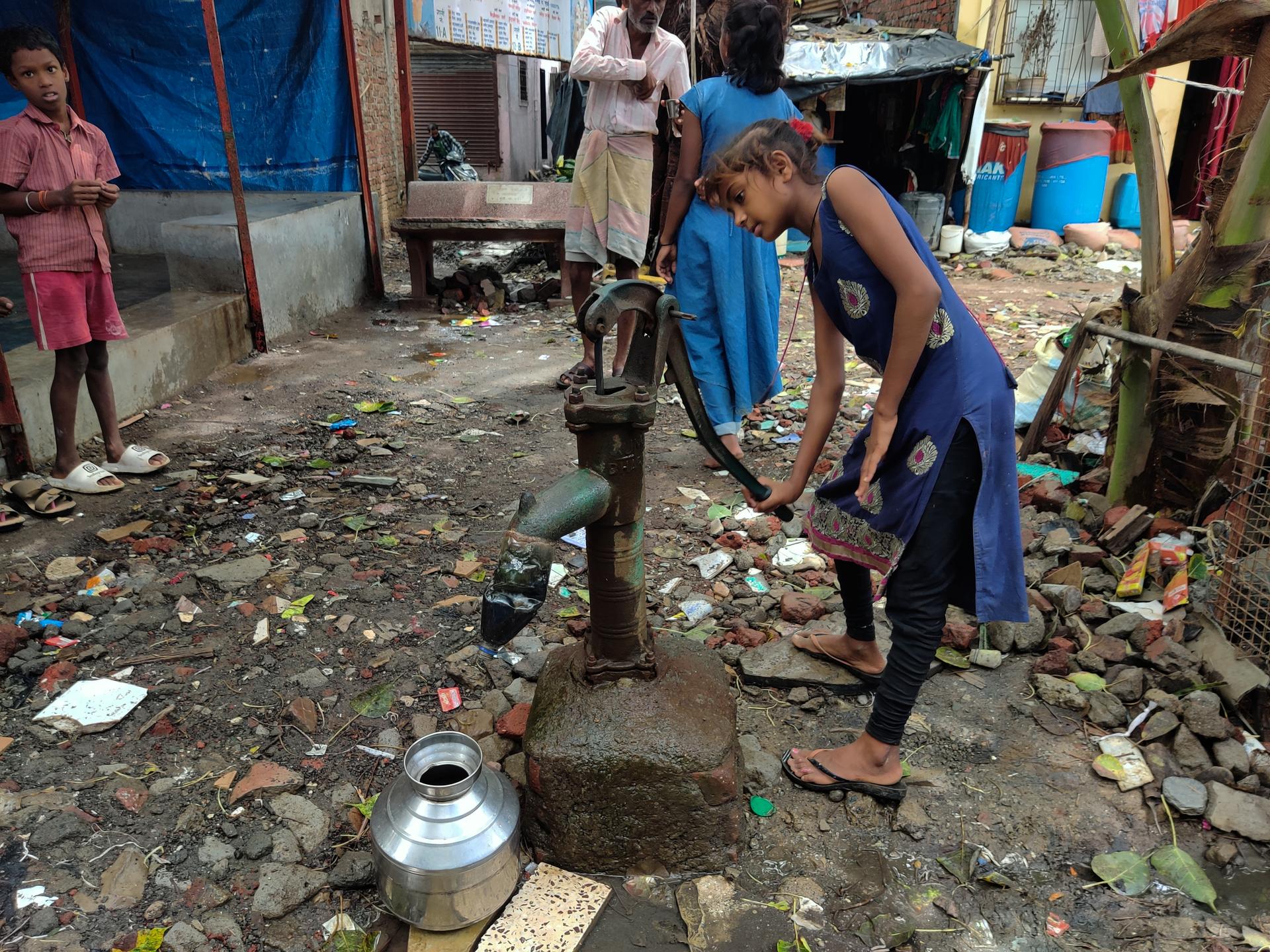
Ambujwadi has temporary shelters made from tin and plastic sheets, slushy mud roads and animal carcasses lying around. A group of women from other neighborhoods bring big bags full of garbage to dump on the roads of Ambujwadi.
“Ambujwadi has one of the highest number of school dropouts in Mumbai,” Nachnekar, of the nonprofit group, said. Most people from this neighborhood stand at traffic signals and beg for loose change. It is very difficult to enroll the children in schools because they have to go along with their families to earn a living, he added.
The country was always segregated
Historically, India was a mosaic of segregated villages spread out across the country. Even today, Indian villages are divided along caste lines. Over the decades, though, the country saw many waves of urbanization. And every time, Bharthi said, segregation patterns in rural India began to replicate themselves in the cities.
During colonial times, cities were planned and built bearing in mind caste and religious factors, Bharathi told The World. In Bangalore, for example, the difference is starkly visible between the “old Bangalore” parts occupied by dominant castes and the cantonment area that has migrant labor from nearby states.
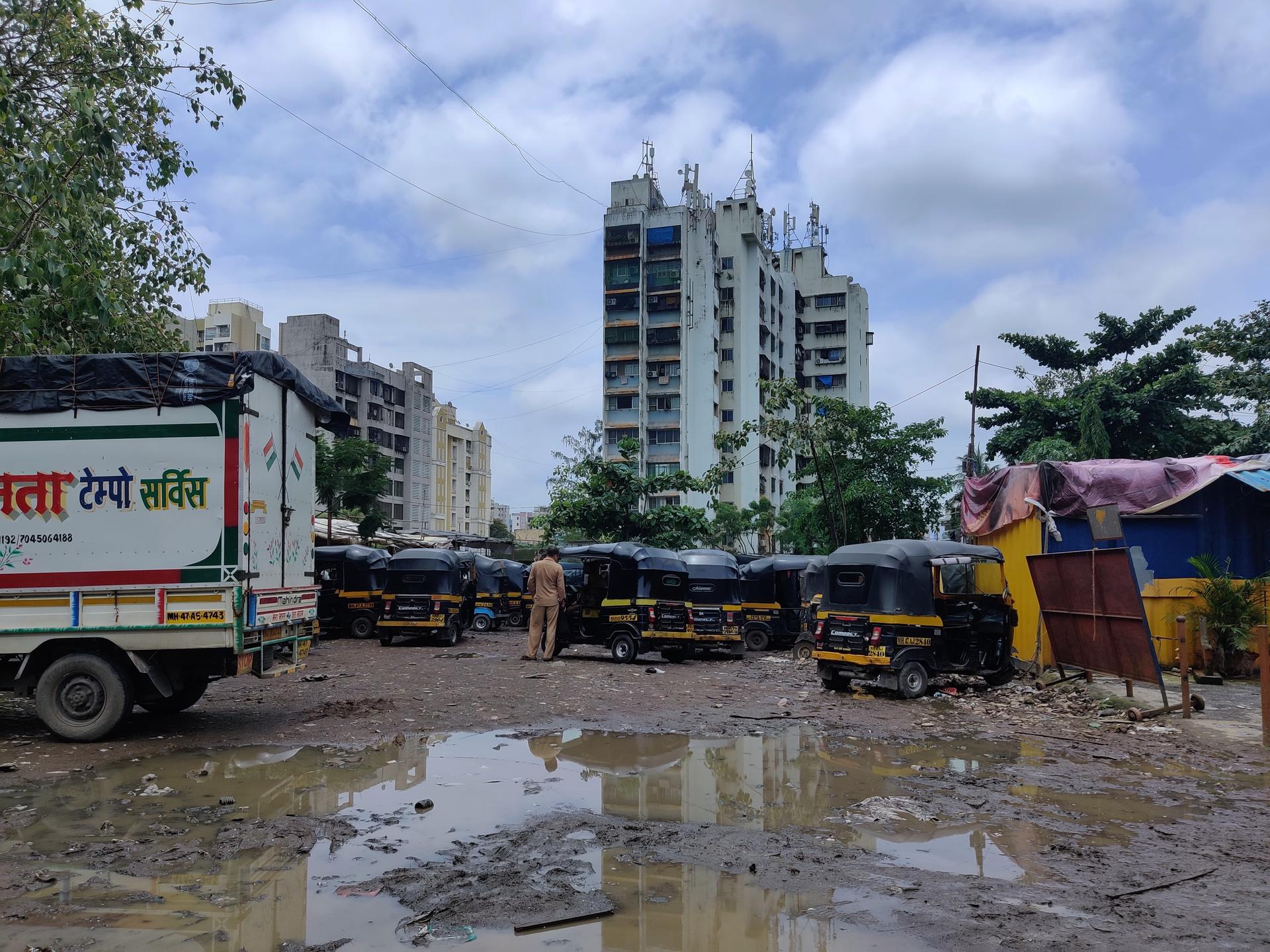
Since then, in subsequent waves of urbanization in India, communities that moved to the cities ended up settling close to each other.
Until the 1980s, the government was a major provider of urban housing. However, when the Indian economy opened up, the State withdrew from its role in housing. “Now, housing is in the hands of private players, real estate developers and equity is not one of their goals,” said Bharathi. “And when that happens, since class and caste overlap in Indian society, you [find] in very elite neighborhoods, upper caste-dominated people,” he added.
Economist Sam Asher, an associate professor of economics at Imperial College London Business School,recently published a study, along with other academics, on housing segregation in India that shows how it perpetuates inequality. “We found that areas that have a lot of scheduled castes and Muslims are much less likely to get these government facilities,” Asher told The World.
Another major reason for segregation is religious riots. “Segregation is sometimes also a choice made by members of marginalized communities to achieve greater safety,” Asher explained.
Mumbra, on the outskirts of Mumbai, has one of the largest concentrations of Muslims in India. Its population increased after the city of Mumbai saw large-scale riots in 1992. “A neighborhood that is entirely Muslim is half as likely to have a government secondary school as a nearby neighborhood that has no Muslims in it,” Asher said.
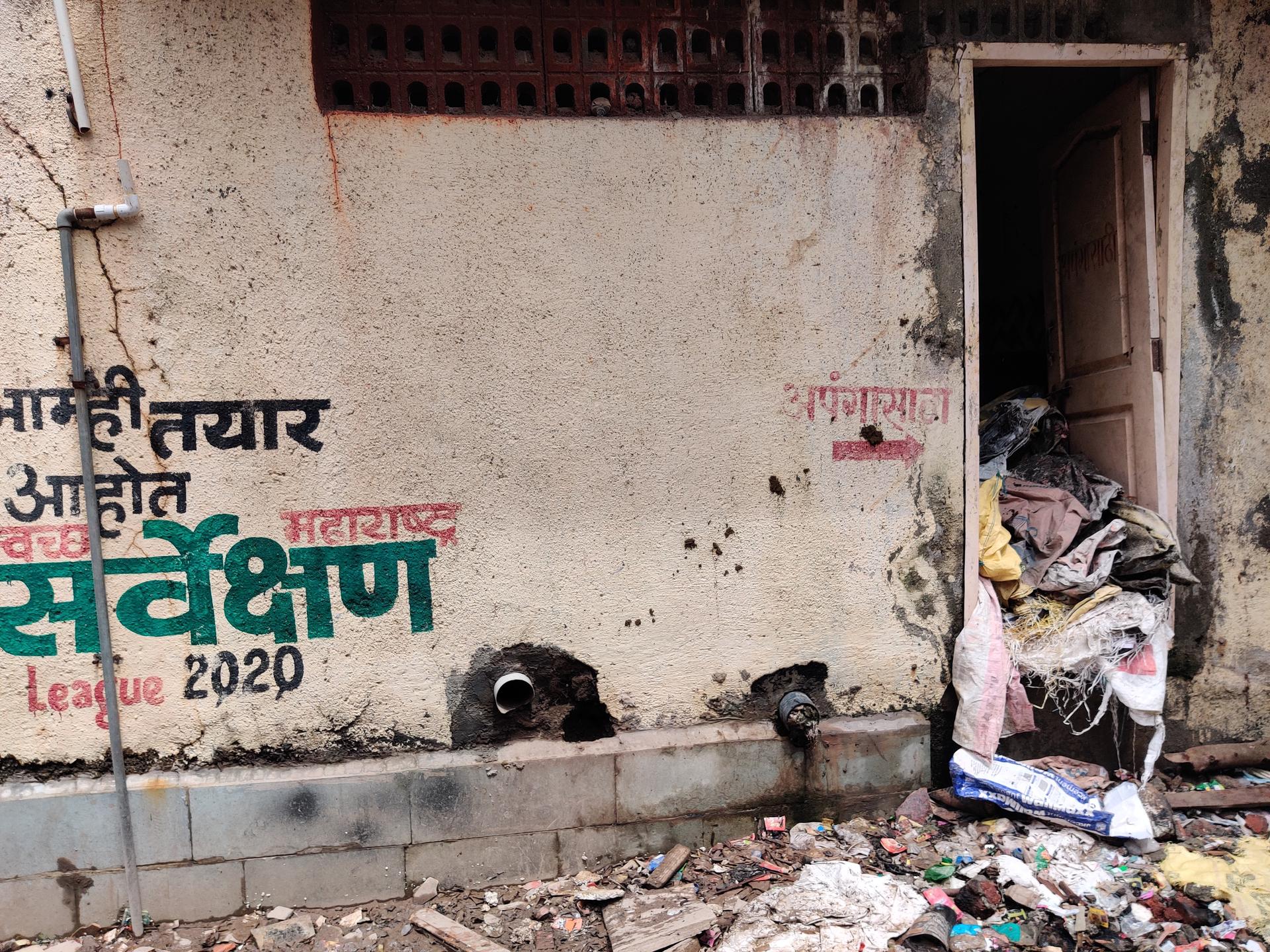
Shireen Dalvi is a translator and publisher who lives in Mumbra. She said her young nieces and nephews have a tough time getting loans from banks or jobs when their resume says they live in Mumbra. Without access to good education, employment or credit, generations of people continue to remain marginalized, she said.
Mumbai is not without its fancy neighborhoods with tall buildings, roads with big cars, uninterrupted water supply and massive shops flaunting big international brands. But most communities that get to occupy it have generations of privilege.
Meanwhile, Mamta Thakur said her aim is to move to a different part of her neighborhood, where she can get access to clean water every alternate day.
Related: Hip-hop artists in India call out caste discrimination
